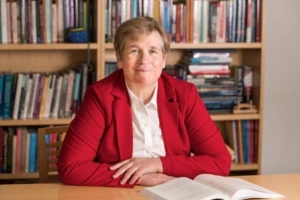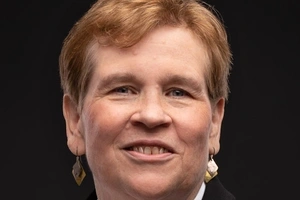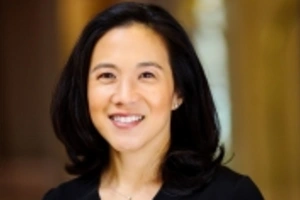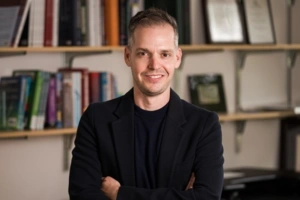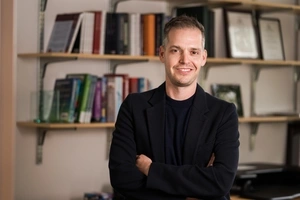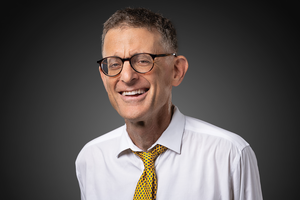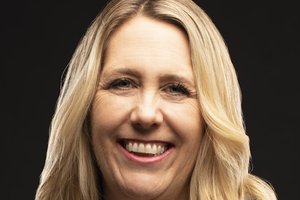Faculty Expert
-
Robert M. Zemsky
Professor Emeritus
After languishing for decades, the idea of colleges offering three-year bachelor’s degree programs may finally be having its moment, according to a Washington Post/Hechinger Report story featuring the work of Penn GSE’s Robert Zemsky. With Lori Carrell, chancellor of the University of Minnesota at Rochester, Zemsky co-leads a group of 13 institutions exploring three-year degrees as part of a program called College in 3.
Although three-year degree programs were proposed as early as the 1970s, the idea just “died on the vine, ” said Zemsky, a pioneer in the use of market research in higher education and a professor in Penn GSE’s Higher Education Division. In the past, faculty were not on board with accelerated programs, and neither were students, who were reluctant to give up extracurriculars and other college experiences in favor of more concentrated academic study.

That may be changing, particularly with the sense of lost time caused by the pandemic and skyrocketing costs of higher education. At Washington, D.C.-based startup non-profit college NewU, for example, the institution’s promise of a bachelor’s degree in three years has been its biggest draw, college president Stratsi Kulinski told the Washington Post/Hechinger Report.
A more open-minded outlook among newer faculty may be another factor in the growing interest in three-year programs. “There is a movement growing among younger faculty that we’re not going to be beholden to the past. That unbinds them in lots of ways,” Zemsky told the Washington Post/Hechinger Report.
Zemsky and the College in 3 participants are exploring the feasibility of offering a bachelor’s degree with 90 credits instead of the traditional 120. It’s a radical proposal, and they will need to get buy-in from regulators, accreditors, and graduate school admissions offices. The group is also collaborating to share information and resources as they chart a path forward, including determining who benefits most from the changes.
For the full story, visit the Hechinger Report.


